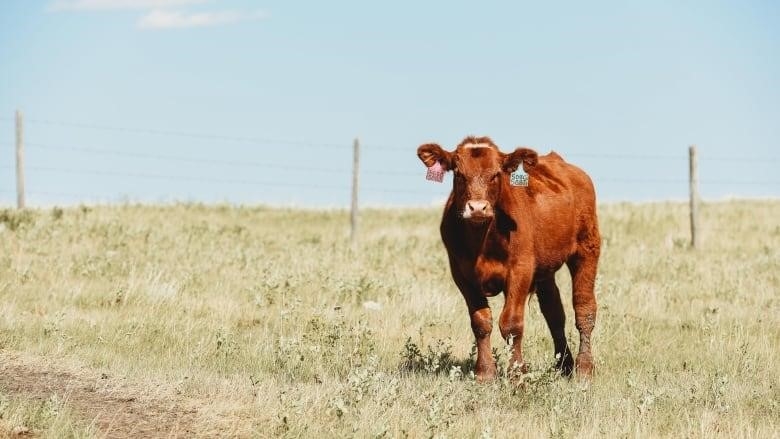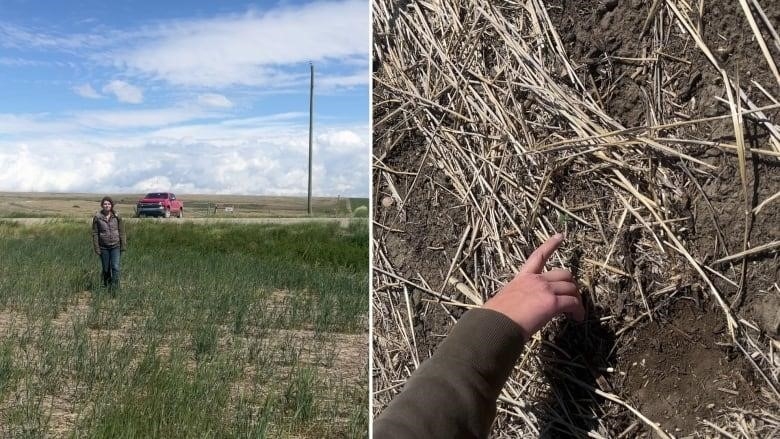
Notices like this one have already been sent out in Vulcan County and Stettler County
Foothills County, south of Calgary, has bad growing conditions because of a lack of early-season rain, unseasonably high temperatures, and changing winter snowpack. On Wednesday, the municipal district declared a municipal agricultural disaster.
Caleb Scott, the manager of agricultural services for Foothills County, said, “Once you get south of Blackie and south of High River, we’re really looking at a repeat of 2021, when we had that terrible drought down there.”
Several cities and towns in the provinces declared disasters two years ago.
This year, 50–90% of annual crops and perennial forage stands have been hurt in Foothills County. The county says that the eastern parts of the county got less than 35% of their average annual rainfall. So far, less than two inches (50 mm) have fallen in some places.
Municipal agricultural disasters don’t automatically lead to funding or program changes, but they are used to let provincial and federal governments, as well as the public, know that things are getting bad for farmers.
The County of Stettler and the County of Paintearth are among the other counties in the province that have already done this.
Vulcan County has also made its choice.
Kelly Malmberg, who is in charge of agriculture in Vulcan County, said that this year there isn’t much water in the soil. There was enough water in the county to plant seeds, but because it was hot and dry for so long, they ran out of water.
This will cause yield loss this year, which means less grain production and more trouble for cattle farmers who can’t get enough feed from other parts of the province.
“I’d say that, except for 2022, we’ve been in a pretty bad drought for the last five or six years. “We haven’t had many of our normal winters with a lot of snow,” he said.
“I thought we were going to get out of this drought because we had a lot of rain this winter. But that’s not the case. Right now, we’re right in the middle of it.”

Starting on June 13, Alberta did get a lot of rain in many parts of the province. According to the most recent moisture situation report from the provincial government, it went from roughly Calgary in the south to the southern parts of the Peace Region in the north.
The report says that most of the northwest region got a lot of rain, but the northern Peace Region, parts of the southern region, and the eastern parts of the central region got little to no rain and still need it right away.
The province says its top priority is to always keep an eye on the conditions of crops and water supplies.
A spokesperson for Alberta’s minister of agriculture and irrigation, Savannah Johannsen, says that some parts of central and southern Alberta have soil moisture reserves that are close to levels that only happen once every 50 years.
In a statement, she said, “We are always looking for more ways to help our farmers during this time.”
“As we do every growing season, we encourage producers to look at the business risk management options offered by Agriculture Financial Services Corporation to find ones that work for their operation.”
Agriculture is a big part of the economy in Alberta. Invest Alberta says that the industry will add $8.1 billion to Alberta’s GDP in 2021 and employ more than 58,300 people.
